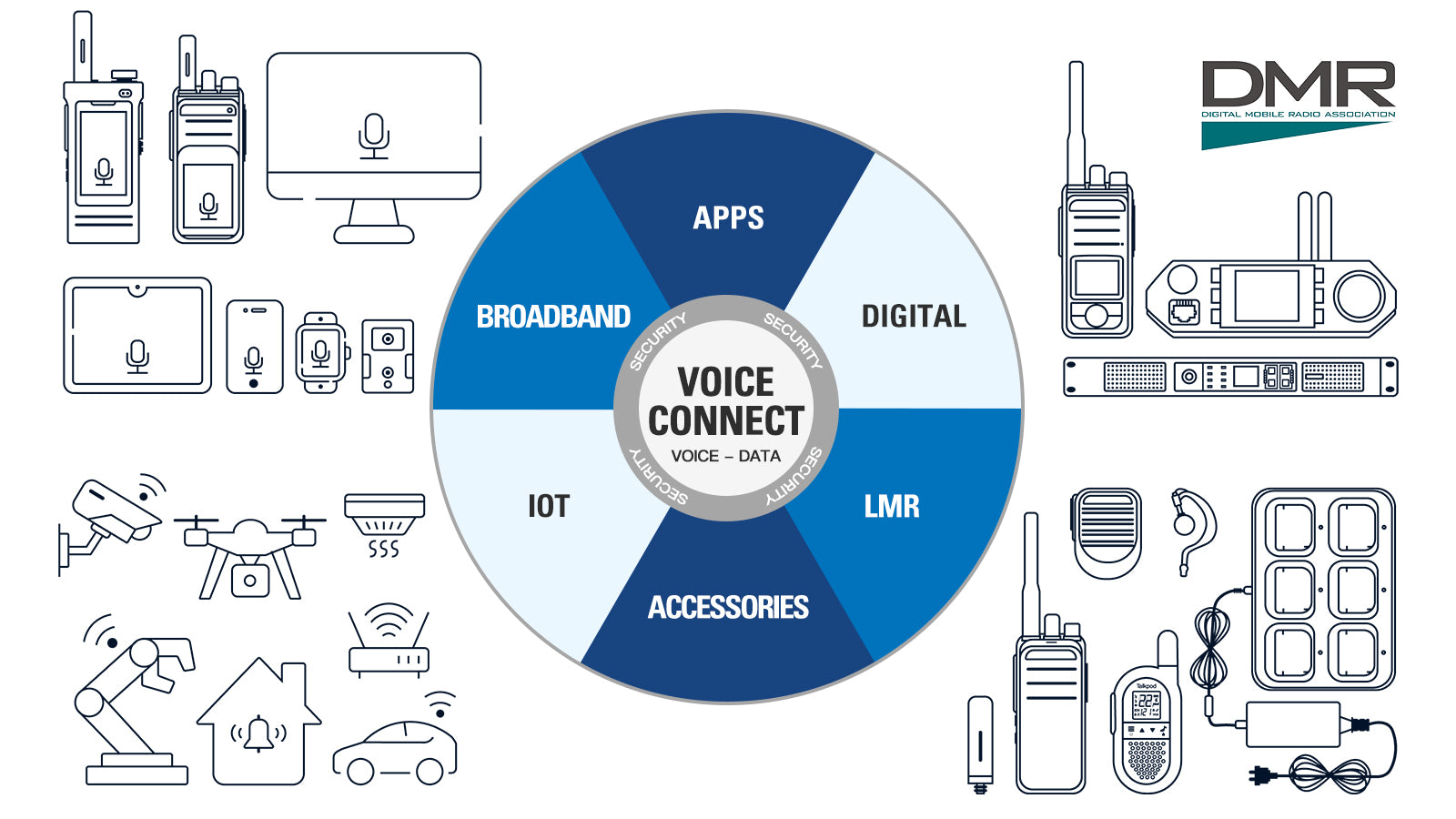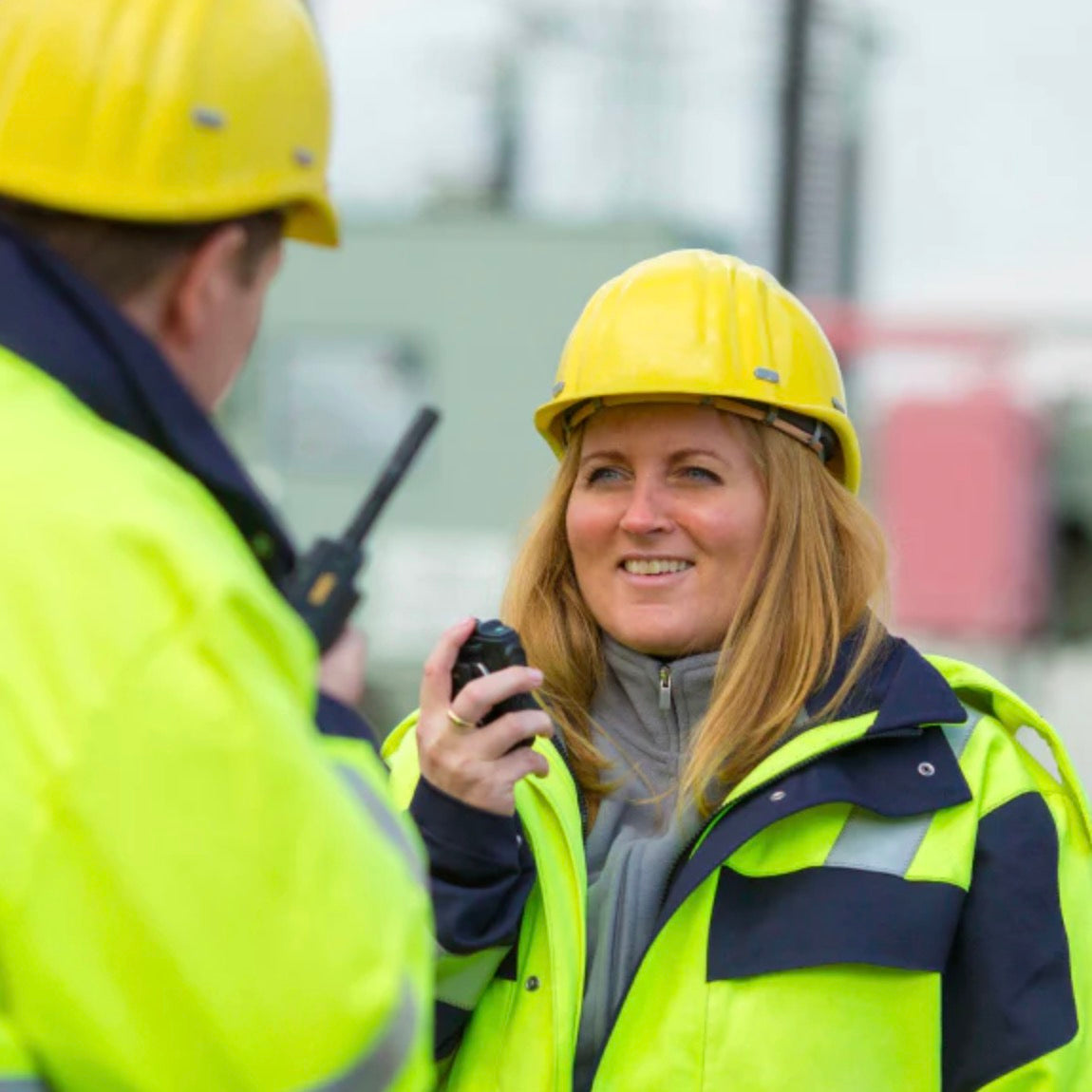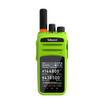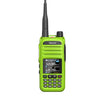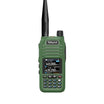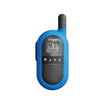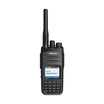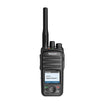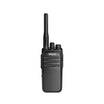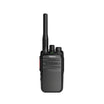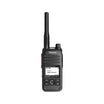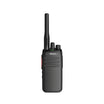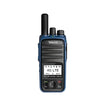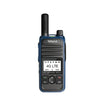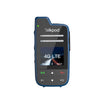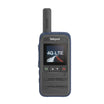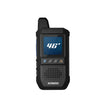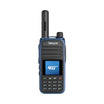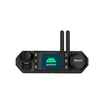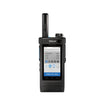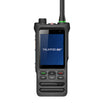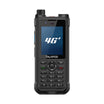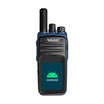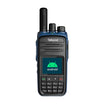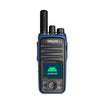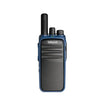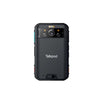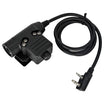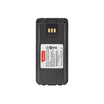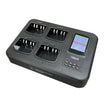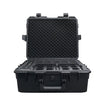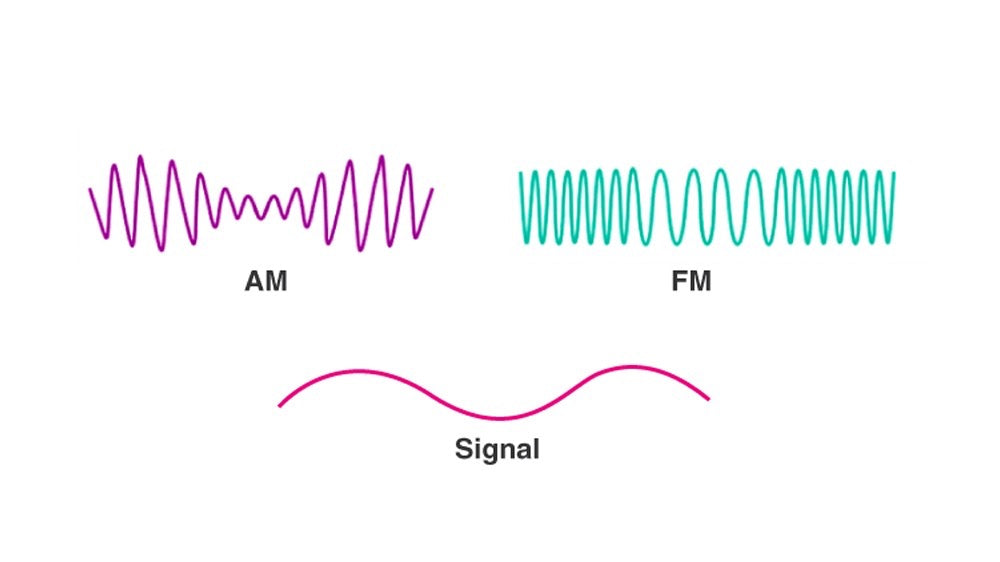
In the realm of radio communications, signaling stands as a fundamental process, guiding the orchestration and management of communication flows. This blog delves into the essence of signaling, un...

What are MIL-spec (MIL-STD) ratings on a two way radio?
MIL-spec (MIL-STD) ratings are rigorous test standards established by the U.S. Military, ensuring that equipment like two-way radios can withstand harsh conditions. Talkpod's PMR two-way radios are...
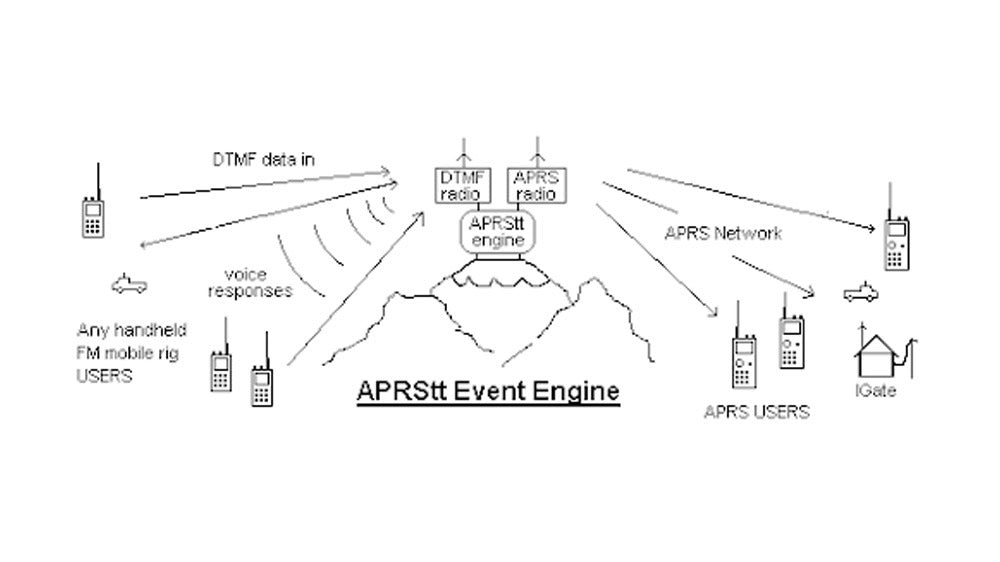
What is ANI on a two way radio ?
The Automatic Number Identification (ANI) feature in Talkpod two-way radios enhances communication by embedding a unique ID with each transmission, making it simpler for recipients to ...
Why Not Hire Radios for Short-Term Needs?
If your organization only requires radios for a fixed duration, consider the benefits of hiring them. This approach is ideal for various temporary needs such as construction projects, country fairs...
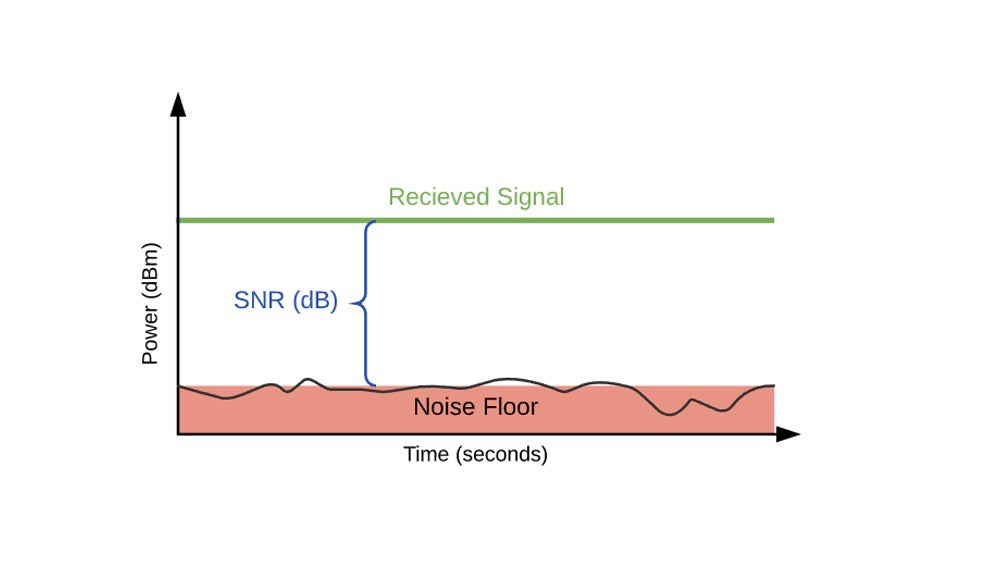
What Is Signal-to-noise Ratio (SNR)
Signal-to-noise ratio (SNR) is a critical concept in the world of radio communications, impacting the clarity and quality of received signals. In my blog post, I'll delve into what SNR is, why it ...

In the intricate world of radio communications, the ability of a receiver to pick up weak signals, known as sensitivity, is a crucial performance metric. This blog delves into the concept of sensi...
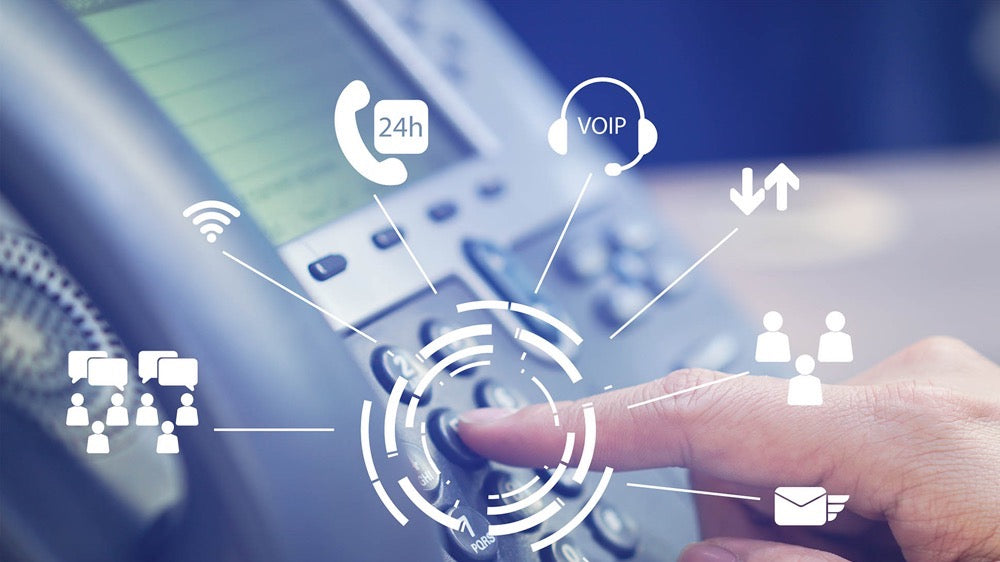
In the world of radio communications, the ability to direct a message specifically to an intended recipient is crucial for efficient and secure conversations. This is where the concept...

In the world of radio communications, privacy and security are paramount. One technology that stands as a bulwark against eavesdropping is the "Scrambler" feature integrated into moder...

Radios have long been essential tools for instant communication, especially in environments where timely information exchange is crucial. One of the standout features that enhance the functionalit...
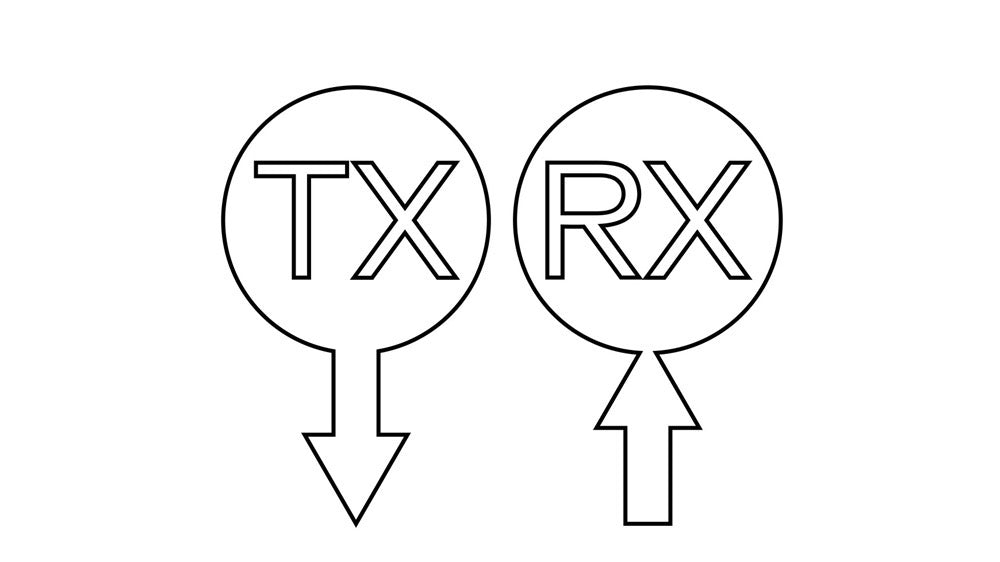
In the dynamic world of two-way radio communication, the "Revive" feature stands as a beacon of resilience and recovery. Essentially, it is a sophisticated function that enables the remote reactiv...
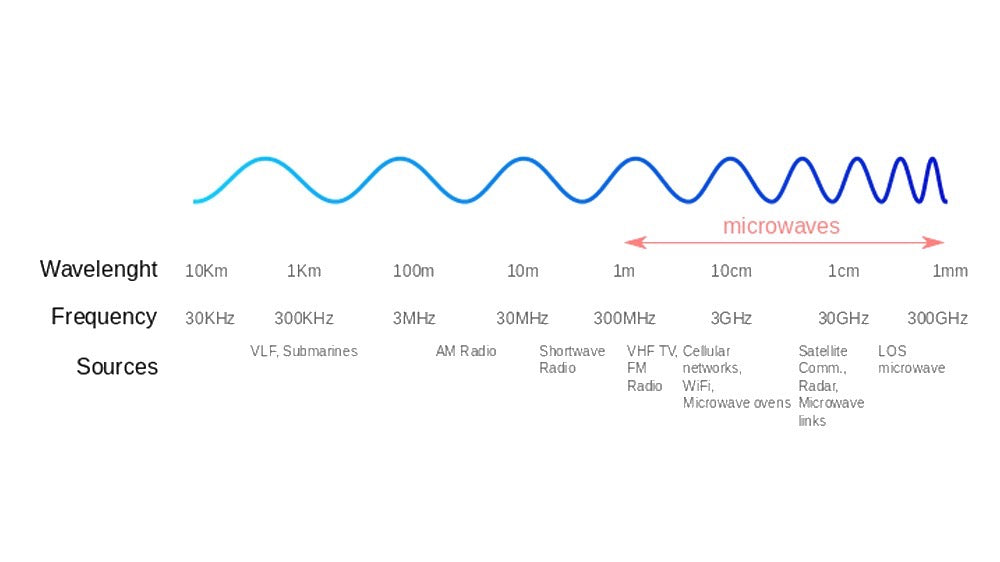
Radio frequency (RF) is a fundamental concept in the world of communication, bridging distances and connecting the globe. Ranging from 300 kHz to 30 GHz, RF encompasses a vast spectrum...

What is CTCSS (Continuous Tone Controlled Squelch System)
CTCSS (Continuous Tone-Coded Squelch System) enables multiple groups to use the same channel without being overwhelmed by communications not meant for them. Talkpod incorporates CTCSS technology to...

VOX, which stands for Voice Activated Transmit, is a convenient feature available on select Talkpod models. This feature enables the radio to transmit voice without the need to manuall...

Licence-free two-way radios, compliant with PMR446 standards, are operational across numerous EU countries. Before travel, verify that your destination has adopted PMR446 legislation by consulting ...
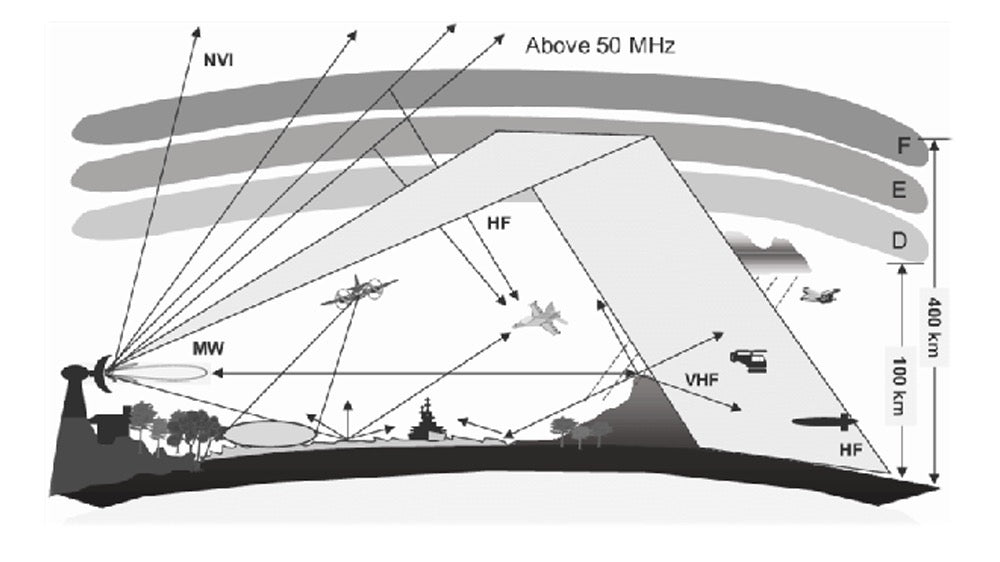
What is the range of a Licence Free PMR446 walkie talkies?
Talkpod offers a diverse array of accessories, including earpieces, headsets, microphones, carry cases, and more, designed to complement our wide range of communication pro...
The Differences Between Walkie Talkies and Two-Way Radios
The terms "two-way radio" and "walkie talkie" are often used interchangeably in the industry, but there are subtle differences between them. Walkie talkies are typically seen as short-range, licens...
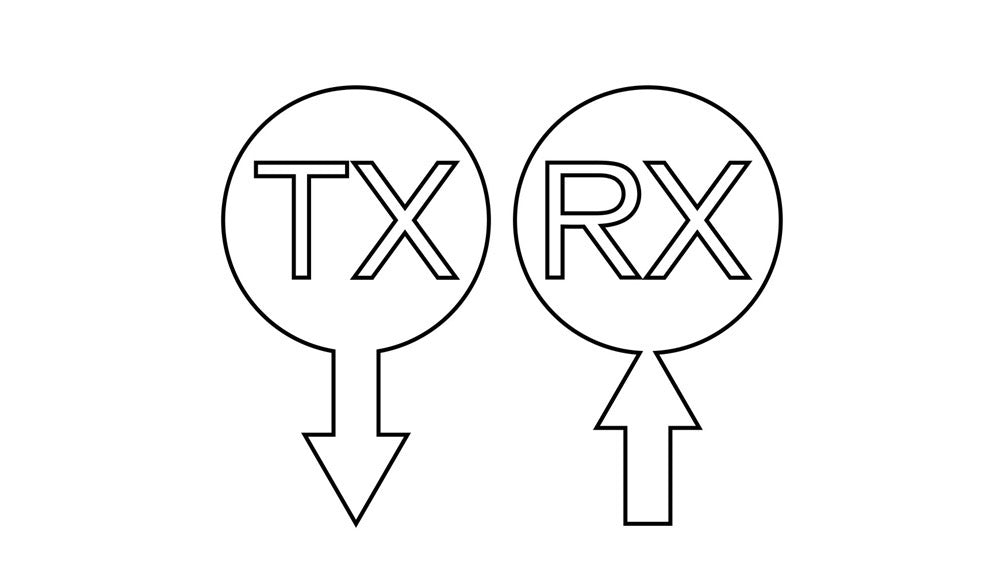
In the world of two-way radio communication, the term "Receive" or "RX" signifies the act of picking up communications data. This fundamental process allows users to listen to transmis...

Push-to-Talk (PTT), also known as Press to Talk, revolutionizes communication with its straightforward yet powerful functionality. This feature, commonly found in two-way radios and increasingly i...
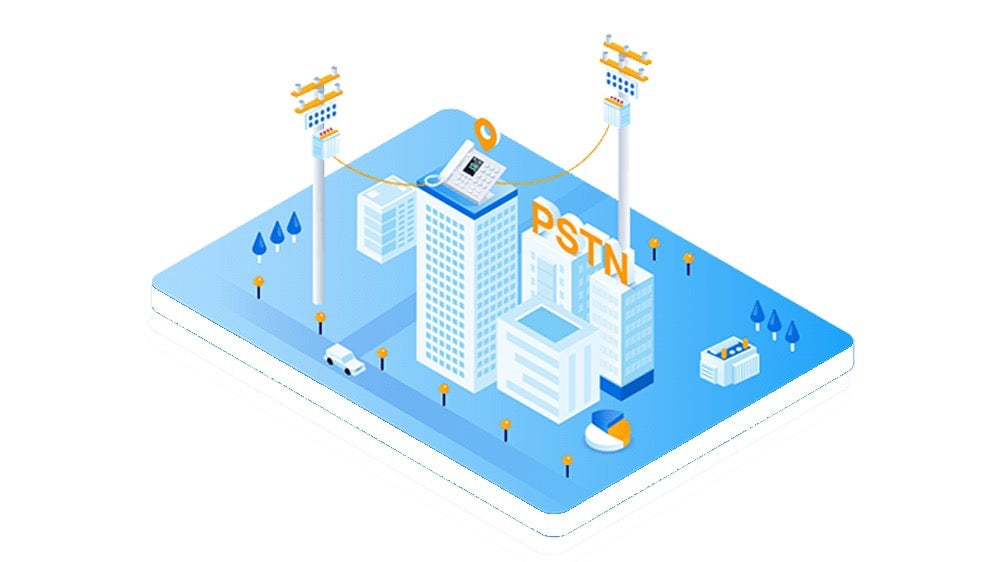
What Is Public Switched Telephone Network (PSTN)
The Public Switched Telephone Network (PSTN) is an extensive web of the world's circuit-switched telephone networks, operated by various telephony operators at national, regional, or local levels....
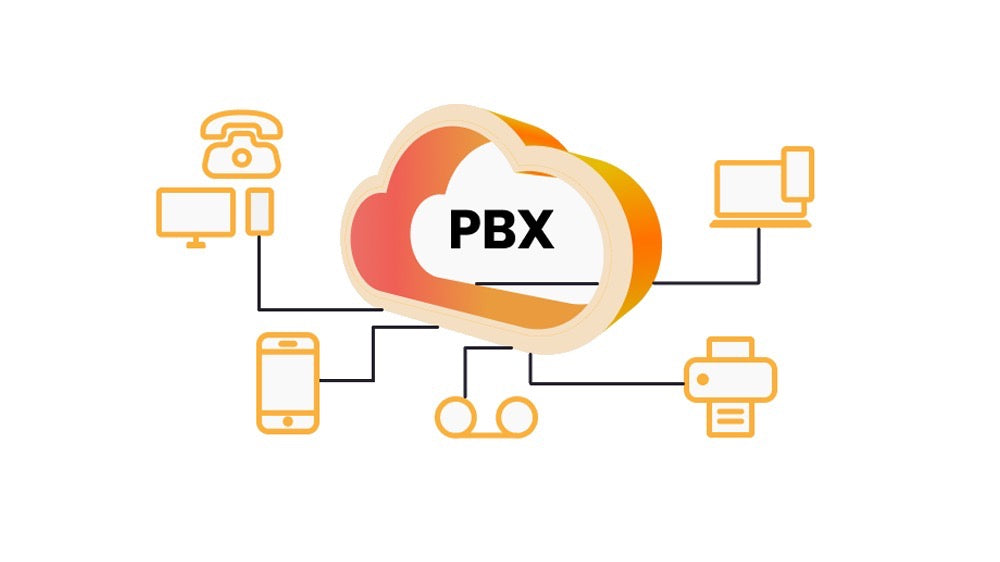
Private Branch Exchange (PABX) systems are the cornerstone of internal communication in many organizations. Acting as a private telephone network, PABX systems enable businesses to manage calls wi...

What Is Over The Air Programming (OTAP)
Over-The-Air Programming (OTAP) has revolutionized the way we manage and update communication devices, especially in the world of secure voice communication equipment like encrypted 2-way radios, ...
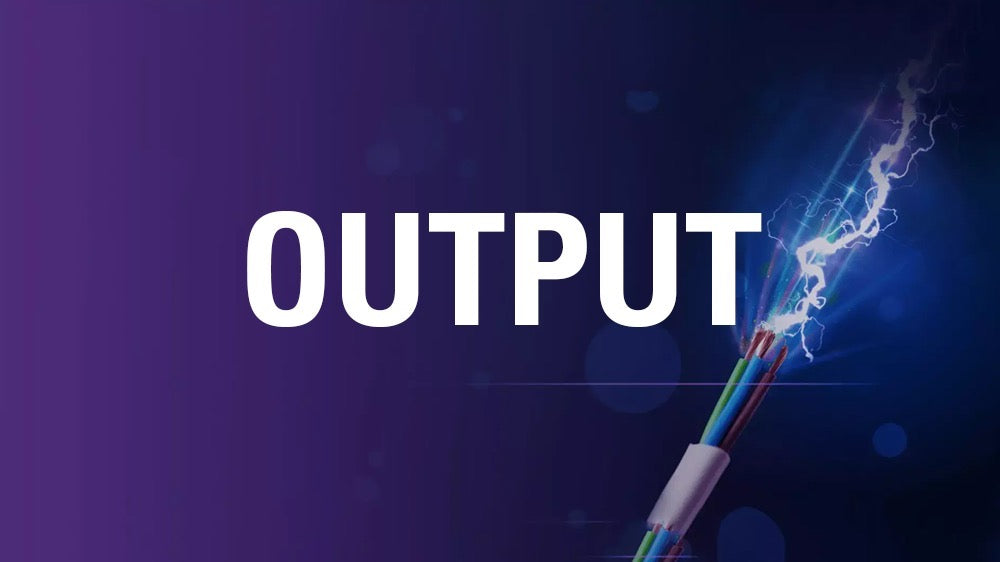
In the world of two-way radios, output power is a critical factor that defines the strength and reach of communication. It's the radio transmitter's powerhouse, sending signals across distances to...
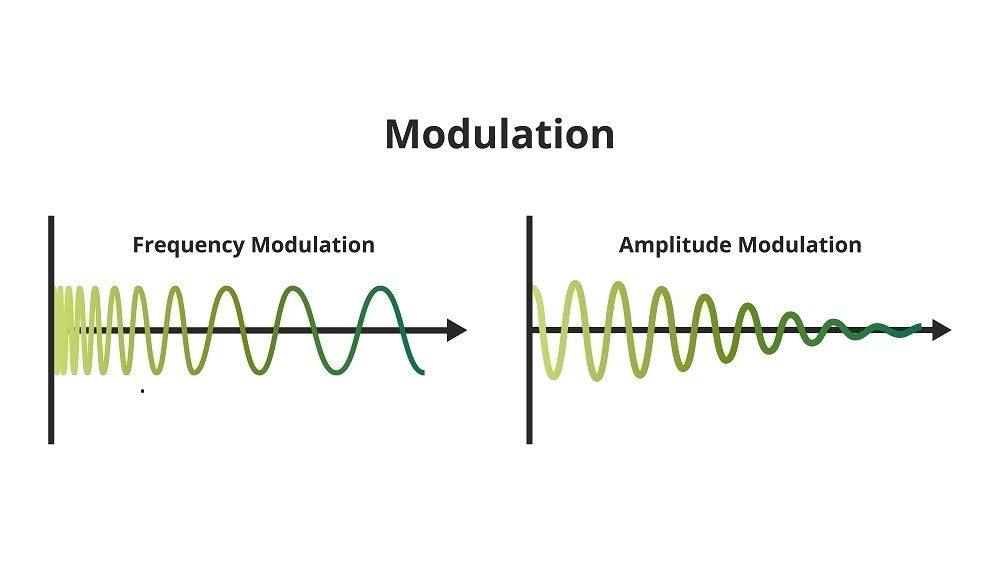
The concept of modulation limit is a crucial aspect in the realm of radio communications, playing a pivotal role in ensuring the quality and integrity of transmitted signals. But what ...
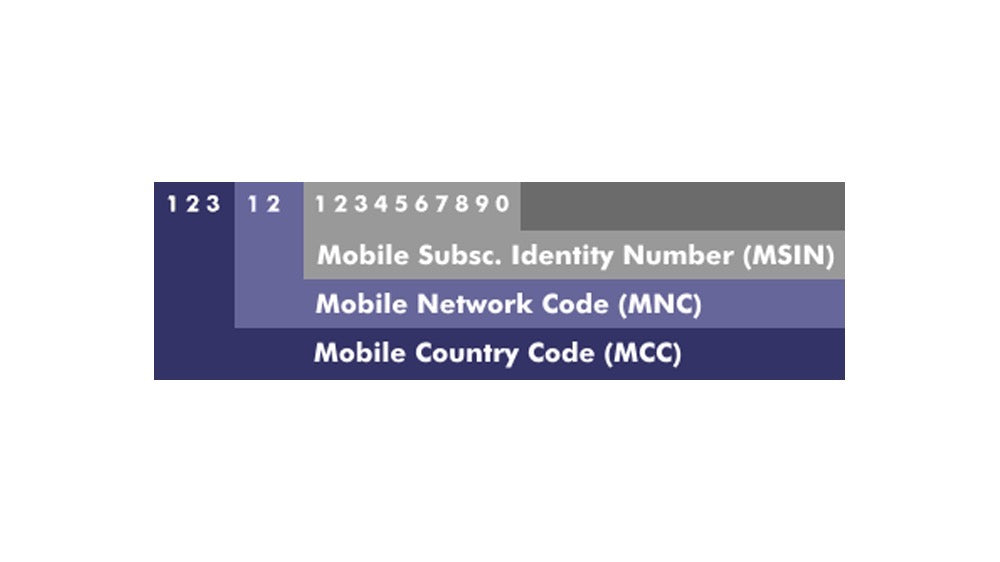
In the vast world of telecommunications, the Mobile Network Code (MNC) plays a crucial role in identifying mobile phone operators or carriers. This unique five-digit number is more than just a seq...


